Cows and maize, climate, orchards, sole and mussels, chestnut trees, roads or packaging are the new research projects of Campus Terra

As Homero said: "There is strength in numbers." This sentence is the starting point of the first collaborative projects activated from the Campus Terra of the University of Santiago de Compostela in this new stage. A series of investigations focused on diverse topics in which different research groups participate and work together.
These projects try to shed light on specific problems and needs that are already part of the corpus of specialization of Campus Terra, such as plant and animal production, sustainable forest management or safe food. But also other areas of a more cross-cutting nature with a critical impact on the economy and society of our time: climate change, green infrastructures...
Overall, dozens of Campus Terra researchers from 29 different research groups brought together their experience and expertise in fields as diverse as agriculture, livestock and forestry production, aquaculture and the infrastructures of the future, to name but a few.
Below is a description of this first list of collaborative projects promoted by Campus Terra.
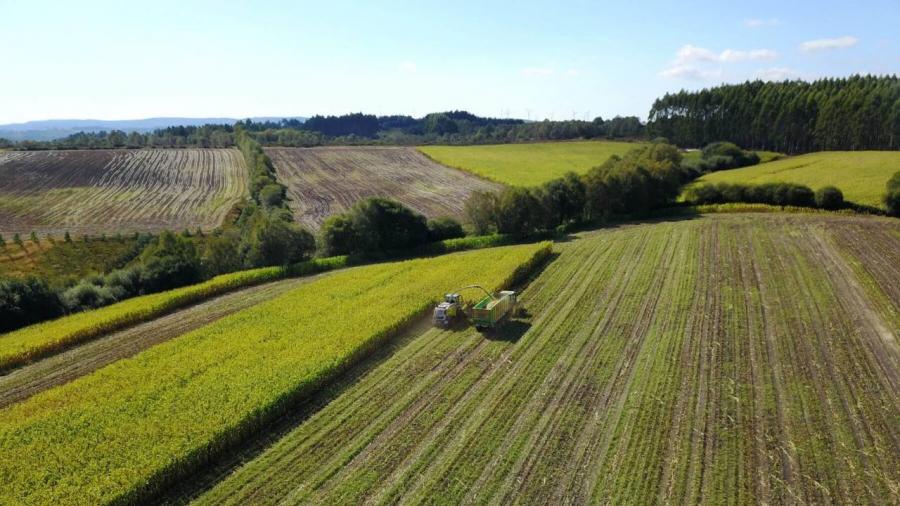
Precision agriculture with fodder corn
Animal feed can represent around 70% of operating costs on a livestock farm. That is why any improvement related to this area can negatively impact farmers and ranchers.
And that is precisely what the collaborative project AGRIPEMAF does. Research provides farmers and ranchers with a new procedure for decision-making when cultivating fodder corn. A highly reliable technique is called to raise productivity standards.
Those responsible for this research use the yield maps obtained by self-propelled forage harvesters to optimize dairy cattle farms' environmental and economic sustainability.
The legacy of urban orchards under scrutiny
For some time now, they have become part of the landscape of many Spanish cities, towns and villages. A form of leisure for some, of help for others. A form of companionship for almost everyone. Urban vegetable gardens are a unique example of a new way of managing urban spaces today.
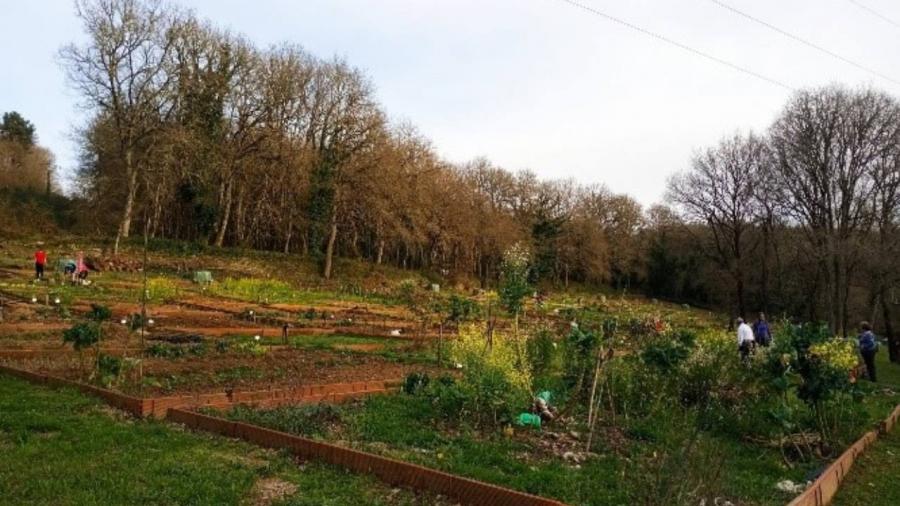
It is this reason, among others, that has led the NOMOHOLU group, made up of five research groups from five different areas, to activate a collaborative project whose title speaks for itself: "New models of vegetable gardens in Lugo and its surroundings: agroecological knowledge, food security and local resilience."
The work axes of this research initiative of Campus Terra will orbit around different ways of analysis. The agroecological knowledge developed in managing these production spaces, their role in ensuring food security and the contribution of urban gardens in land management are critical issues of this research.
Welcome to the era of sustainable infrastructures
The following collaborative project is also related to how we organize and transform land management. Its title is a declaration of intent: Optimal Design of Sustainable Infrastructures (DOIS).
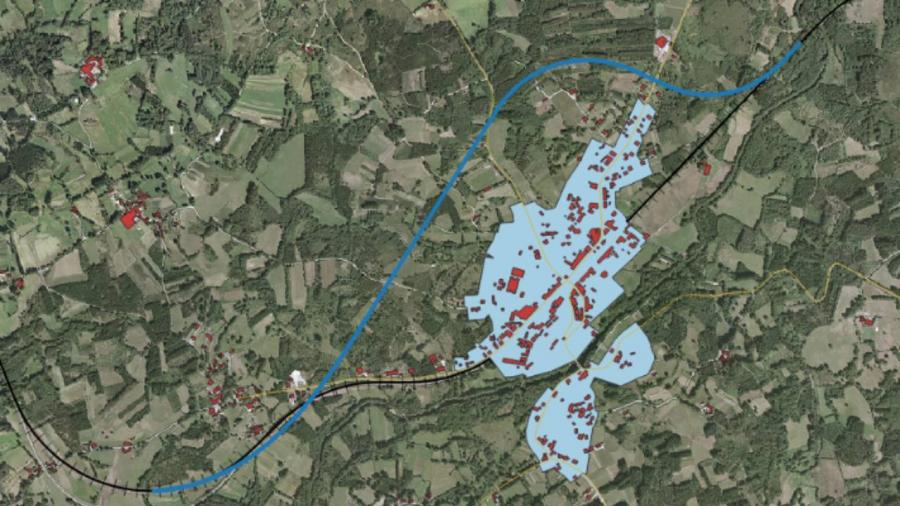
High-level research with cross-cutting potential. After all, the progress of any territory is directly connected to the improvement and development of the road network. The project promoted by Campus Terra wants to add to this objective an equally critical derivative in this era: the environmental and sustainable one, obviously in connection with the economic and social one.
What does the DOIS project propose? To use technology to deploy simulation techniques to optimize the design of roads, railroad lines and forest roads.
CLIMIGAL: Cereals, climate, mycotoxins
The following collaborative project connects a vector already addressed previously in another project, forage maize, with one of the significant concerns of this era: climate change. The CLIMIGAL project analyzes the presence of mycotoxins (toxic compounds produced mainly by Fusarium, Aspergillus and Penicillium species) that colonize cereals and other raw materials during the cultivation, transport, processing and storage phases.
Climate has a decisive influence on the incidence of these species. Variables such as temperature and CO2 increases, rainfall intensity and distribution or extreme weather events could affect the dominant fungal species and their ability to produce mycotoxins.

The promoters of the CLIMIGAL project have characterized the population of Fusarium species in forage maize in Galicia from cobs collected in the field between 2012 and 2020. In parallel, they have analyzed more than 300 samples of various raw materials, by-products and silage used in cattle feed.
In short, it's precious work to determine the impact of climate change on a series of critical inputs for farms such as dairy farms. And a way to deepen food security guarantees.
Climate change and cow fertility
That climate change is one of the major concerns of the moment is an indisputable fact. It's a cross-cutting concern from which nothing and no one can escape. That is why several of the first collaborative projects launched from Campus Terra have this derivative as a central vector of their research.
The objective of the following one speaks for itself: "Study of climate change on health and welfare, reproductive efficiency and milk quality in dairy farms in the province of Lugo."
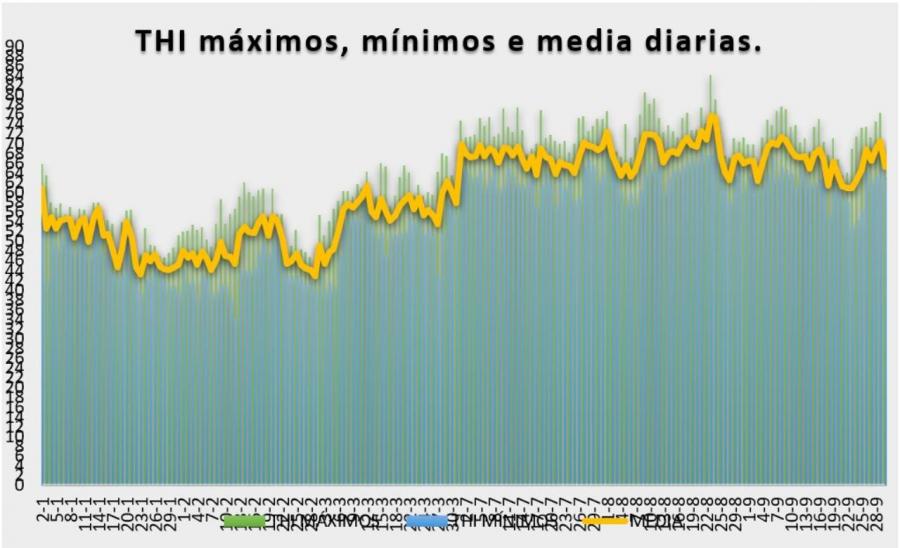
The research starts from an already confirmed issue. The THI (temperature humidity index) in the winter was below 68, while in the hottest months of the year, it was above 72. This data shows mild to moderate stress during the warmer months, resulting in consequences in dairy farms.
There are worse signs of estrus in the summer versus winter and higher blood progesterone levels. As a result, worse fertility rates were recorded significantly in August.
SaBeLa, or the health of the early days on a dairy farm
There is little doubt about the dairy industry's importance for the Galician primary sector. The figures support it: more than 1,300 million euros of income was generated by the sale of milk, the leader in national production with 2.9 million tons. That is why Campus Terra has become one of the spearheads of research and knowledge related to this industry.
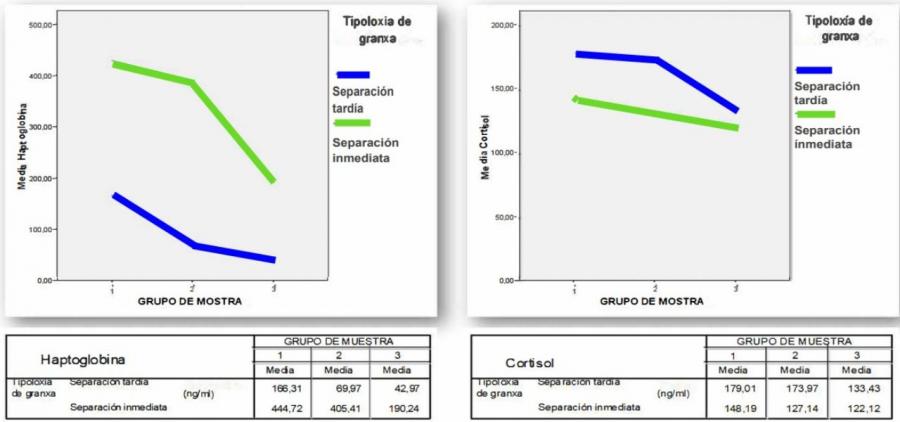
And the collaborative project SaBeLa is another example of this line of work. This research analyzes the implications related to the separation of the calf and its suckling in dairy cattle. Specifically, it studies the impact related to animal health and welfare.
SaBeLa aims to provide high-value knowledge related to this practice by using literature references, farmer motivation surveys and measurements of stress hormone levels. The promoters of this initiative aim to offer alternatives that, from a scientific approach, improve animal health and welfare.
At the gates of farmed sole
And from one food to another. From one pillar of our diet to another. In fact, from one post to another. If research such as the one promoted by Campus Terra prospers, its title may be less illustrative than other precedents. Still, its importance for the future of aquaculture globally is beyond doubt: "Morphological and genomic study of the olfactory system of the Senegalese sole (Solea senegalensis) and its role in reproduction in captivity (SOLREP)."
Senegalese sole has become one of the most promising species for European aquaculture. Finding high-value species that can be farmed, as in the case of this sole, will be vital to guarantee fish consumption levels because of the high levels of stress to which many of the significant global fishing grounds are subjected.
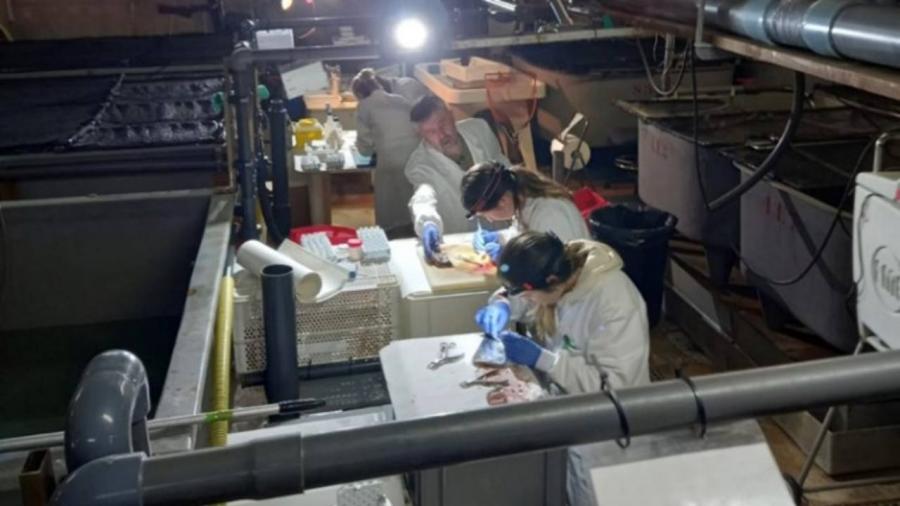
The main problem in the case of this species has to do with reproduction. The project promoted by Campus Terra is already working on chemical communication mediated by the olfactory system, which is the key to overcoming this obstacle and progressing in selection programs.
Those responsible for this research approach the task from a multidisciplinary anatomical-genomic perspective to provide solutions to the aquaculture sector.
BreveRisco: More safety when consuming mussels
And from research for the future, let's move on to research for the present. In Galicia alone, the mussel industry represents 96% of the aquaculture production of bivalve mollusks. The more than 3,000 rafts spread throughout the Galician estuaries, especially in Arousa, employ some 18,000 people directly or indirectly. Ensuring the viability and efficiency of this sector is, therefore, a social and economic commitment.
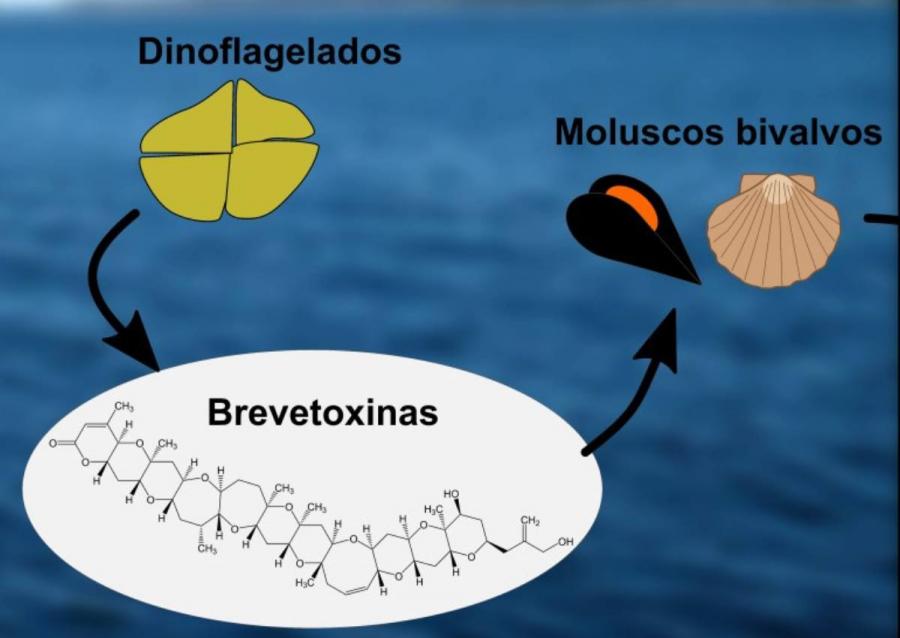
And that is one of the reasons that has given rise to the BreveRisco project. A Campus Terra research seeks to analyze the potential food risk associated with Brevetoxins, which could reach the consumer through the ingestion of mussels.
BTXs are considered emerging toxins in Europe, but they have no ad hoc regulation. This collaborative project aims to assess the potential food risk of BTXs through in vivo oral toxicity studies to define the safety conditions of shellfish.
CASTEXEN, the value of cataloging forest heritage
The CASTEXEN project will focus on a topic of enormous relevance in a region like Galicia: the cataloging and enhancement of forest heritage. Specifically, this research aims to locate chestnut trees inserted in traditional cultivars of non-cataloged varieties in rural mountain areas.

To achieve this, Campus Terra researchers use MaxEnt and SIX models, which allows them to create a robust and predictive model. At the same time, the promoters of this collaborative project are taking samples in situ to determine the SSR genomic analysis of the variety and the dendrochronological analysis to date the age of the chestnut trees studied.
DURAMAIS, a new container created at Campus Terra
The last, but by no means the least important of the collaborative projects promoted by Campus Terra has been christened DURAMAIS. And it may represent a very significant advance for the food industry. In an exercise of synthesis, the work of the researchers has allowed the development of films with catalytic antioxidants for active food packaging.
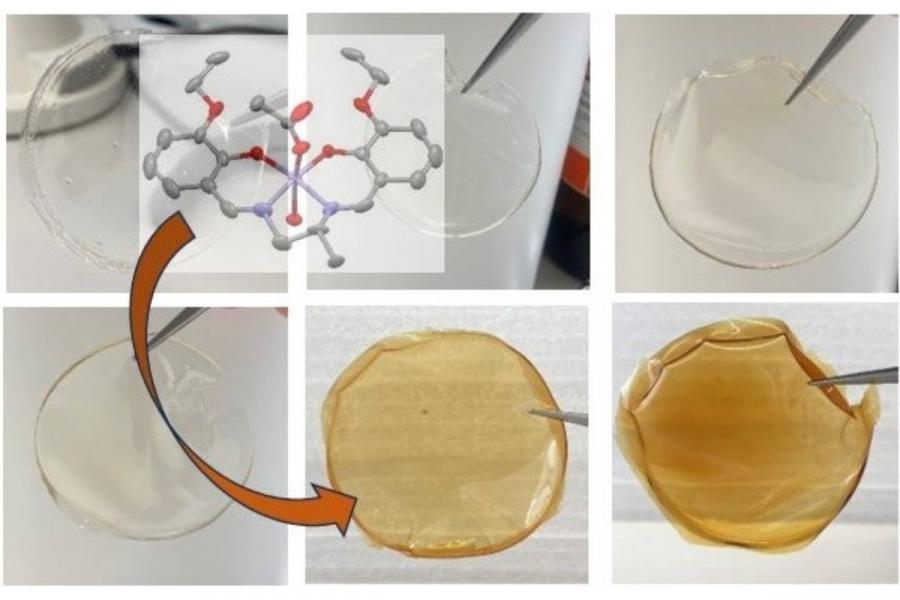
The alginate films (an organic polymer commonly found in algae) manufactured incorporate a catalytic antioxidant complex, mimetic of natural antioxidant enzymes. This compound regulates the concentration of reactive oxygen species, ultimately facilitating the preservation of packaged foods.
